-
 Bitcoin
Bitcoin $121,713.8152
3.06% -
 Ethereum
Ethereum $3,041.6437
2.42% -
 XRP
XRP $2.9499
5.12% -
 Tether USDt
Tether USDt $1.0000
-0.02% -
 BNB
BNB $704.1034
1.75% -
 Solana
Solana $166.7523
2.91% -
 USDC
USDC $0.9999
0.00% -
 Dogecoin
Dogecoin $0.2052
2.90% -
 TRON
TRON $0.3011
-0.47% -
 Cardano
Cardano $0.7461
1.42% -
 Hyperliquid
Hyperliquid $48.3650
1.12% -
 Stellar
Stellar $0.4548
3.52% -
 Sui
Sui $3.9527
14.50% -
 Chainlink
Chainlink $16.3300
5.87% -
 Bitcoin Cash
Bitcoin Cash $511.8016
1.25% -
 Hedera
Hedera $0.2395
1.40% -
 Avalanche
Avalanche $21.6526
2.06% -
 UNUS SED LEO
UNUS SED LEO $9.0073
-0.23% -
 Shiba Inu
Shiba Inu $0.0...01369
2.61% -
 Toncoin
Toncoin $3.0335
0.66% -
 Litecoin
Litecoin $96.6206
1.72% -
 Monero
Monero $355.1673
5.35% -
 Polkadot
Polkadot $4.0839
2.47% -
 Uniswap
Uniswap $9.3282
9.72% -
 Dai
Dai $0.9997
-0.01% -
 Ethena USDe
Ethena USDe $1.0004
-0.04% -
 Pepe
Pepe $0.0...01248
1.07% -
 Bitget Token
Bitget Token $4.4642
2.68% -
 Aave
Aave $325.0626
6.81% -
 Bittensor
Bittensor $418.1482
6.22%
How to transfer from an external wallet to Coinbase?
Ensure your external wallet is compatible, verify the cryptocurrency type, and confirm the correct receiving address on Coinbase before transferring funds.
Jul 11, 2025 at 11:21 pm
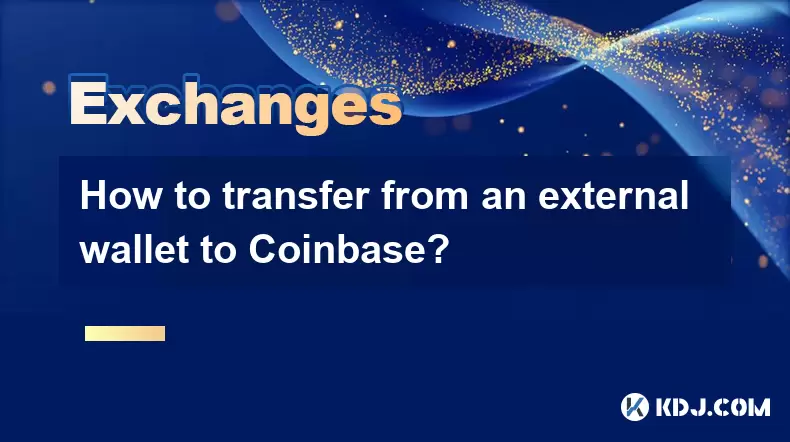
Preparing Your External Wallet for Transfer
Before initiating a transfer from an external wallet to Coinbase, it is crucial to ensure that your external wallet is properly configured and compatible with the cryptocurrency you intend to move. Verify the type of digital asset you are transferring, as Coinbase supports a variety of cryptocurrencies, each with its own network protocols. For instance, Ethereum-based tokens (ERC-20) require different handling compared to Bitcoin or Litecoin.
Next, check if your external wallet provides a feature for sending or withdrawing funds. This option is typically labeled as "Send" or "Withdraw." Ensure that you have sufficient balance, including enough cryptocurrency to cover network fees. Network fees can vary depending on blockchain congestion, so it's wise to review current fee rates before proceeding.
Most importantly, double-check the receiving address format for the specific cryptocurrency on Coinbase. Some wallets may not support certain networks, which could lead to lost funds if incorrect addresses are used. If possible, perform a small test transaction first to confirm compatibility and successful receipt on Coinbase.
Accessing Your Coinbase Account
To receive funds on Coinbase, you must first be logged into your account. Navigate to the Coinbase website or open the mobile application and enter your credentials securely. Once inside, locate the section where you can generate a receiving address. This is usually found under the "Wallet" or "Accounts" tab, depending on your interface layout.
Select the cryptocurrency you wish to deposit and click on the "Receive" option. This will display a unique QR code and a corresponding wallet address associated with your Coinbase account for that specific digital asset. It is essential to ensure that this address matches the network protocol of your external wallet. For example, if you're sending Ethereum, confirm that both the sending and receiving addresses are using the Ethereum blockchain.
Avoid copying and pasting the address manually if possible; instead, use the QR code scanning feature available in most external wallets to reduce the risk of human error. Any mistake in the address can result in irreversible loss of funds.
Initiating the Transfer Process
Once you've confirmed the correct receiving address, return to your external wallet and navigate to the send or withdrawal section. Begin by entering the amount of cryptocurrency you want to transfer. Most wallets will prompt you to specify a destination address, which should be the one generated by Coinbase.
Paste the Coinbase receiving address carefully, ensuring there are no extra spaces or characters. Some wallets allow you to scan the QR code directly, which is more reliable than manual entry. After inputting the address, the system might ask for confirmation regarding the network or blockchain being used—make sure it aligns with what Coinbase expects.
Set the appropriate network fee based on your urgency. Lower fees may delay the transaction during high traffic, while higher fees expedite processing. Review all details thoroughly before confirming the transaction. Double-check the amount and the recipient address, as any errors at this stage cannot be undone.
Monitoring the Transaction Status
After confirming the transaction, it’s important to monitor its status to ensure successful completion. In your external wallet, look for a section labeled "Transaction History" or "Sent Transactions." Here, you’ll see details such as the transaction hash, timestamp, and number of confirmations.
You can also use a blockchain explorer to track the progress independently. Enter the transaction ID (hash) provided by your wallet into platforms like Etherscan for Ethereum or Blockchair for Bitcoin. This allows you to verify how many confirmations the transaction has received and whether it has been successfully processed by the network.
On the Coinbase side, go to your wallet and check if the incoming transaction appears as "Pending." The time required for the transfer to complete varies depending on the cryptocurrency and network conditions. For example, Bitcoin transactions typically require three confirmations, while Ethereum might need only thirty seconds to a few minutes.
Confirming Successful Receipt on Coinbase
Once the required number of confirmations has been met, the transferred funds should appear in your Coinbase wallet. Check your balance to confirm the addition of the new amount. If the transaction doesn’t show up after several hours, revisit the steps to ensure everything was done correctly.
If discrepancies exist, cross-reference the transaction hash between your external wallet and the blockchain explorer. Coinbase may take additional time to reflect the updated balance due to internal verification processes. Do not attempt to resend the transaction unless you’re certain it failed, as duplicate transfers can complicate reconciliation.
In case of issues, contact Coinbase support with the transaction hash and relevant details. Provide screenshots if necessary to assist their investigation. Always keep a record of every transaction, including timestamps, amounts, and addresses involved.
Frequently Asked Questions
What happens if I send the wrong cryptocurrency to my Coinbase wallet?
If you mistakenly send an unsupported or incorrect cryptocurrency to your Coinbase wallet, recovery may be challenging. Contact Coinbase support immediately with the transaction hash and details about the asset sent. They may be able to assist if the coin is supported but misrouted.
Can I cancel a transaction once it’s initiated from my external wallet?
No, blockchain transactions are irreversible once broadcasted to the network. You cannot cancel a transaction after it has been confirmed. However, if the transaction is still pending, some wallets offer a "Replace-by-Fee" feature to speed it up, but not reverse it.
Why hasn’t my transaction appeared in Coinbase even after multiple confirmations?
Delays can occur due to network congestion, backend processing on Coinbase’s end, or mismatched network protocols. Wait for up to 24 hours. If unresolved, provide the transaction hash to Coinbase support for further investigation.
Is there a minimum amount required to transfer to Coinbase?
Yes, Coinbase enforces minimum deposit amounts to prevent spam transactions and cover network costs. These limits vary by cryptocurrency. Check Coinbase’s official documentation for the exact threshold applicable to your asset.
Disclaimer:info@kdj.com
The information provided is not trading advice. kdj.com does not assume any responsibility for any investments made based on the information provided in this article. Cryptocurrencies are highly volatile and it is highly recommended that you invest with caution after thorough research!
If you believe that the content used on this website infringes your copyright, please contact us immediately (info@kdj.com) and we will delete it promptly.
- XRP's Wild Ride: Implied Volatility and Potential Price Swings
- 2025-07-15 01:10:12
- Zebec Network: Decoding the Buzz Around ZBCN and Crypto Payments
- 2025-07-15 00:30:12
- LUNC Price Bullish Breakout Confirmed: Analyst Predicts 555% Surge!
- 2025-07-15 00:30:12
- Trump, Bitcoin, and Reserves: A New Era for Crypto?
- 2025-07-14 22:50:11
- Bitcoin's Wild Ride: All-Time Highs and Crypto Week Mania!
- 2025-07-14 23:10:12
- Bitcoin's Wild Ride: Coin Surge and Fintech Experts Weigh In
- 2025-07-14 23:10:12
Related knowledge
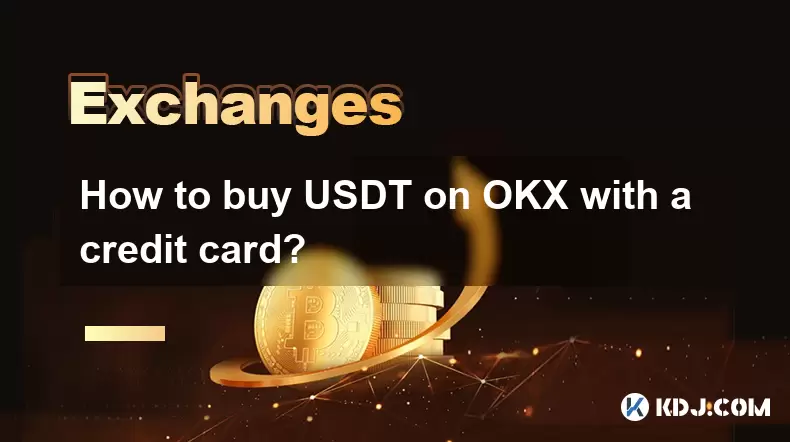
How to buy USDT on OKX with a credit card?
Jul 10,2025 at 01:14pm
What is USDT and why buy it on OKX?USDT (Tether) is one of the most widely used stablecoins in the cryptocurrency market. It is pegged to the value of...
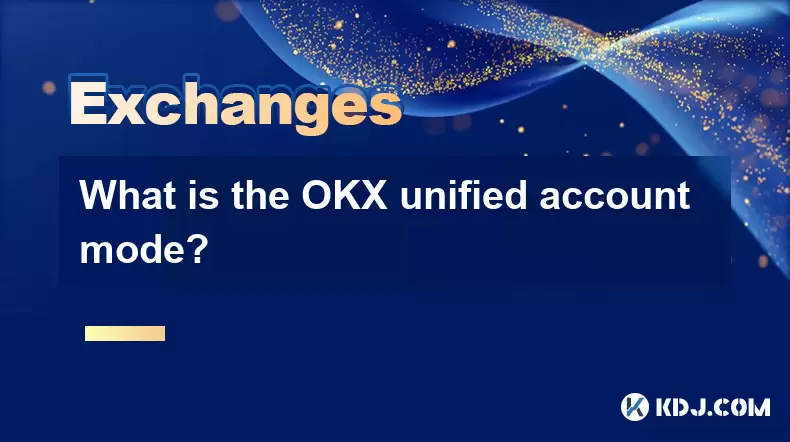
What is the OKX unified account mode?
Jul 09,2025 at 01:07pm
Understanding the OKX Unified Account ModeThe OKX unified account mode is a feature introduced by OKX, one of the leading cryptocurrency exchanges glo...
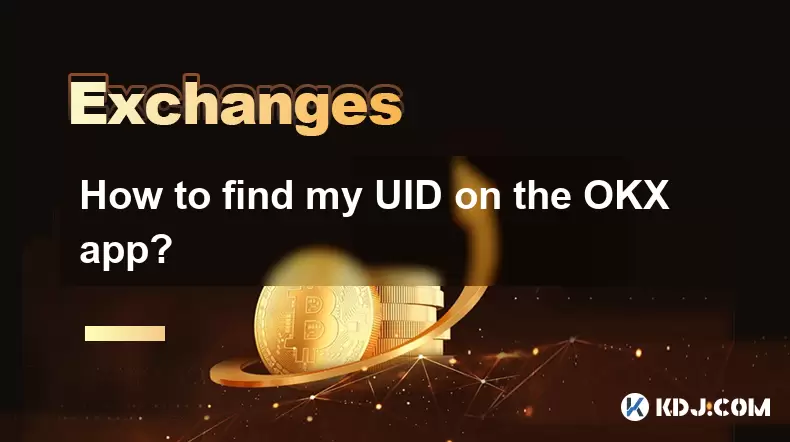
How to find my UID on the OKX app?
Jul 14,2025 at 08:56pm
Understanding What a UID Is on OKXIn the context of cryptocurrency platforms, a UID (User Identification Number) is a unique identifier assigned to ea...

OKX futures trading tutorial for advanced users
Jul 09,2025 at 07:29am
Understanding OKX Futures Trading InterfaceBefore diving into advanced strategies, it's crucial to have a deep understanding of the OKX futures tradin...
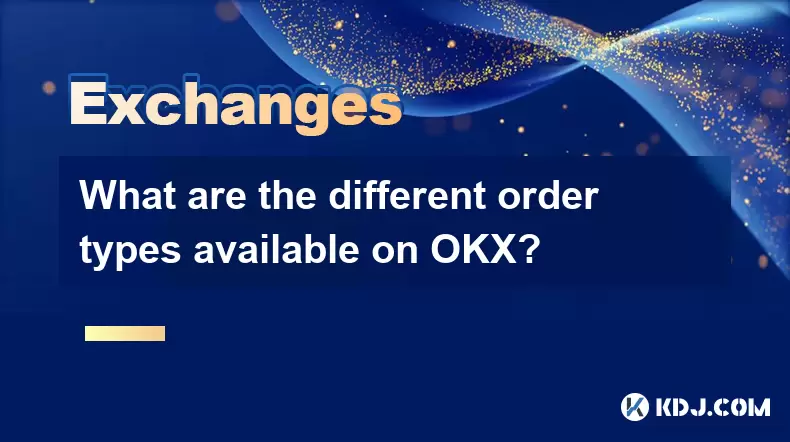
What are the different order types available on OKX?
Jul 08,2025 at 10:15pm
Understanding Order Types on OKXOKX is one of the leading cryptocurrency exchanges globally, offering a wide array of trading tools and order types to...
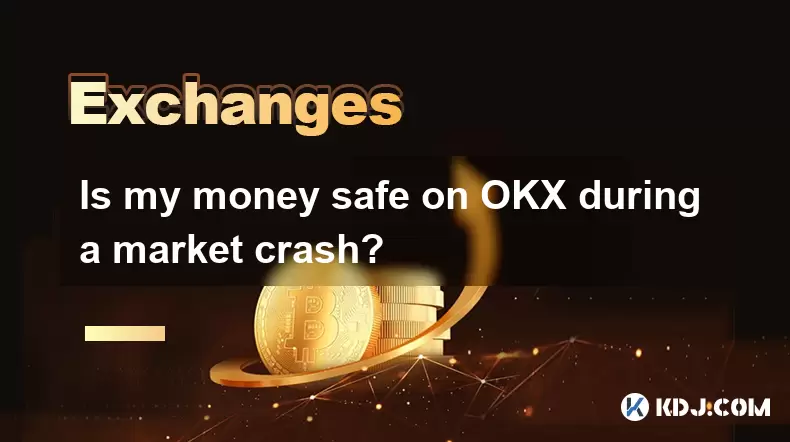
Is my money safe on OKX during a market crash?
Jul 09,2025 at 01:43pm
Understanding Market Crashes and Cryptocurrency ExchangesDuring a market crash, cryptocurrency prices plummet rapidly, often causing panic among trade...

How to buy USDT on OKX with a credit card?
Jul 10,2025 at 01:14pm
What is USDT and why buy it on OKX?USDT (Tether) is one of the most widely used stablecoins in the cryptocurrency market. It is pegged to the value of...

What is the OKX unified account mode?
Jul 09,2025 at 01:07pm
Understanding the OKX Unified Account ModeThe OKX unified account mode is a feature introduced by OKX, one of the leading cryptocurrency exchanges glo...

How to find my UID on the OKX app?
Jul 14,2025 at 08:56pm
Understanding What a UID Is on OKXIn the context of cryptocurrency platforms, a UID (User Identification Number) is a unique identifier assigned to ea...

OKX futures trading tutorial for advanced users
Jul 09,2025 at 07:29am
Understanding OKX Futures Trading InterfaceBefore diving into advanced strategies, it's crucial to have a deep understanding of the OKX futures tradin...

What are the different order types available on OKX?
Jul 08,2025 at 10:15pm
Understanding Order Types on OKXOKX is one of the leading cryptocurrency exchanges globally, offering a wide array of trading tools and order types to...

Is my money safe on OKX during a market crash?
Jul 09,2025 at 01:43pm
Understanding Market Crashes and Cryptocurrency ExchangesDuring a market crash, cryptocurrency prices plummet rapidly, often causing panic among trade...
See all articles

























































































